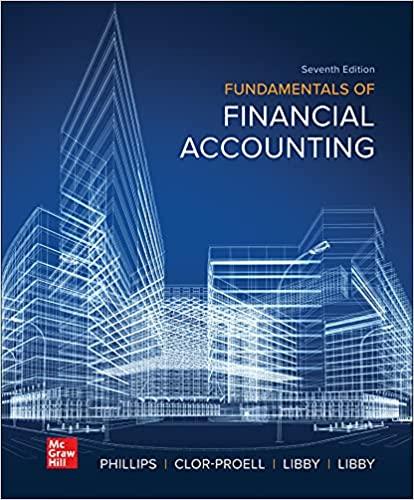Question
On January 1, 2018 LYNX Company acquired a land and building and issued a 4 -year, 9% note with a face amount of P3,200,000. The
On January 1, 2018 LYNX Company acquired a land and building and issued a 4 -year, 9% note with a face amount of P3,200,000. The fair values of the land and building were P3,000,000 and P600,000 respectively. The building was to be demolished to make way for the construction of its regional building. Total demolition costs P40,000. Proceeds from the sale of the salvaged materials amounted to P4,000. Clearing and levelling amounted to P50,000. Excavation costs amounted to P90,000.
On March 1, 2018 LYNX Company was granted a loan by BDO for the construction of the new building. The 6,000,000 face value note carries a stated rate of 9% with a due date on February 28, 2022. A contract was signed on April 1, 2018 for the construction of the building commencing on May 1, 2018. The contract price was P9,000,000. The contract requires a 10% initial payment on April 1, 2018 for mobilization. After which, LYNX would pay an additional 20% on August 1, October 1 and December 1, with the balance being settled upon completion. The loan proceeds were invested and would earn 4.5%
On July 1, 2019, the building was completed. The building was expected to be useful for 20 years was to be depreciated using the straight-line method. The estimated residual value was P150,000.
On January 1, 2024, LYNX Company adopted the revalued model in relation to the measurement of its land and building accounts. The fair value of its regional building was P8,000,000. There were no changes in both the expected useful life and residual value.
- Initial measurement for land
- Capitalizable borrowing cost in 2018
- Depreciation expense in 2019
- Carrying value of the building on December 31, 2022
- Revaluation surplus initially recorded on January 1, 2024
- Depreciation expense in 2024
- Portion of the surplus transferred (deemed realized) to retained earnings in 2024

Step by Step Solution
There are 3 Steps involved in it
Step: 1

Get Instant Access to Expert-Tailored Solutions
See step-by-step solutions with expert insights and AI powered tools for academic success
Step: 2

Step: 3

Ace Your Homework with AI
Get the answers you need in no time with our AI-driven, step-by-step assistance
Get Started


